Kuehn Malvezzi's winning team design for an "Insectarium" in Montreal
By Bustler Editors|
Monday, Dec 8, 2014
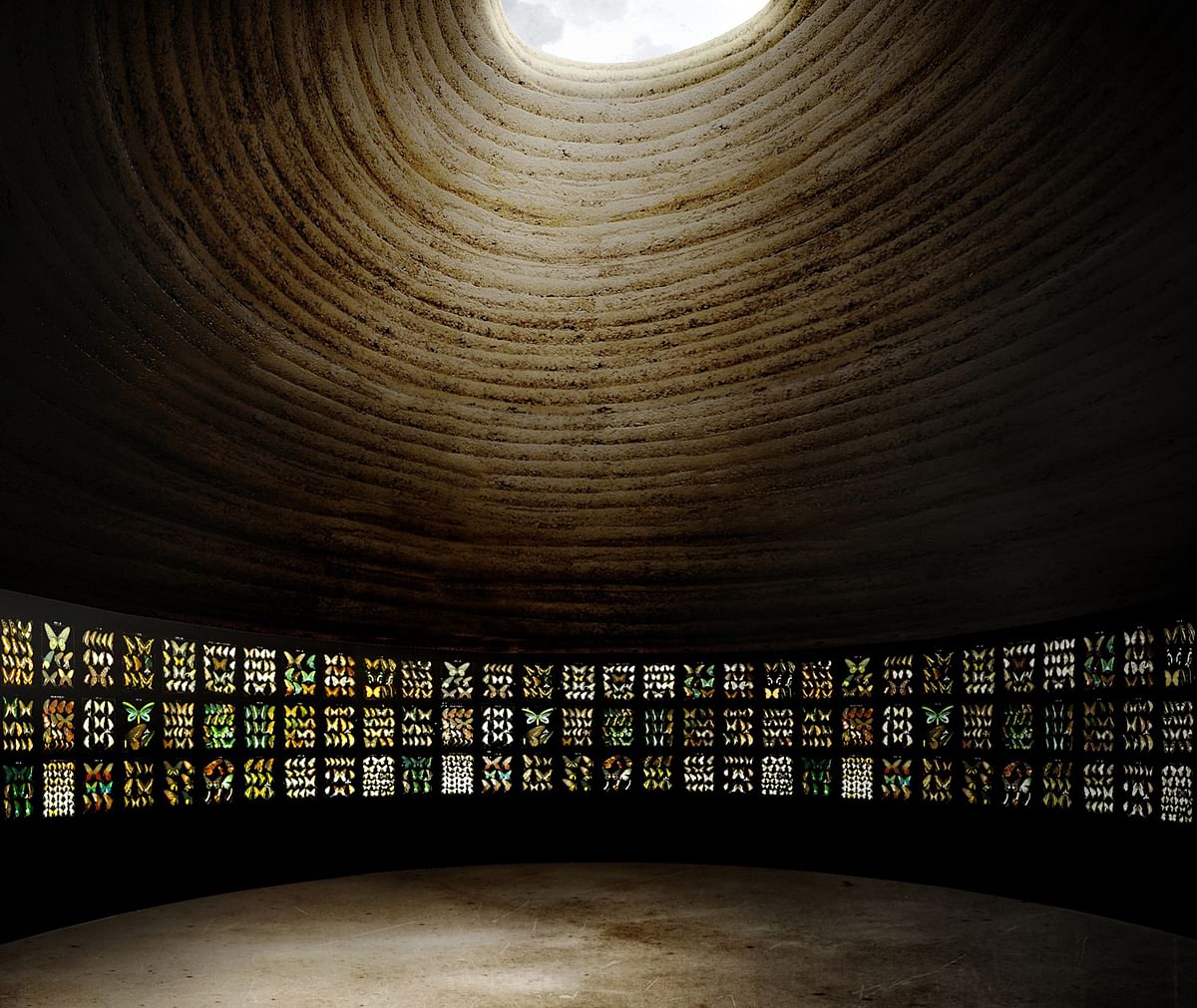
Related
Architectural practice Kuehn Malvezzi from Berlin recently won in an open competition for the "Espace pour la Vie" botanical gardens in Montreal, Canada for their Insectarium proposal. Kuehn Malvezzi's team designed the Insectarium as an interactive habitat that brings humans, insects, and plants under the same roof. The competition sought proposals for three major projects in the botanical gardens: the Insectarium Metamorphosis, the Biodôme Migration, and the Glass Pavilion at the Botanical Garden.
Following an open call for entries in Stage One, Kuehn Malvezzi competed in the final phase with Atelier Ville Architecture Paysage, In situ atelier d’architecture, and Lacaton & Vassal architectes before the jury -- led by French architect Edouard François -- selected Kuehn Malvezzi to design the Insectarium.
Check out their project below.
Project description:
"CONCEPT - 'MÉTAMORPHOSE DE L’INSECTARIUM': The fundamental idea behind the Insectarium project is the synthesis of form and content. The result is neither flamboyant architecture nor an abstract container. Fusing architecture and nature, the Insectarium is a true biotope in which insects, plants and people come together and relate to each other. The Insectarium is authentic. Nature, architecture and museology converge in a single entity. They are linked to enhance the individual sensory experience. The Insectarium is a living organism. It functions as a metabolism that not only allows the plants and insects to develop under the expert care of specialists, but can also nurture the visitors’ growth during their visit.
The Insectarium is landscape. A large field of trees continues the line of larch trees already bordering the site. This landscape becomes an integral part of the Jardin Botanique’s collection of landscapes: the Rose Garden, the Chinese Garden, the Japanese Garden. From the outside, visitors perceive a landscape of vegetation and relatively low rooflines, gradually ascending to visually connect with the adjacent larch trees. The planted grid of pruned trees acts as a second roofline, floating homogeneously over the site.
The Insectarium is discovery. It’s about the insects, the plants, the collaborators and finally the visitors themselves. Beyond their differences, they are all closely linked to one another. The project is guided by the desire to awaken the visitors’ perceptions and to offer them new experiences through a series of direct encoun- ters. Through a precise sequence of spaces and events, the visitor is initiated to the world of insects."
"The Insectarium is process. It is structured in a series of stations: reset, perception, interaction, immersion and workshop spaces. The specificity of each of these stations is expressed in its built form. Through this experiential sequence of spaces, the visit becomes imprinted on the visitor’s memory: the Insectarium as a mnemonic organism."
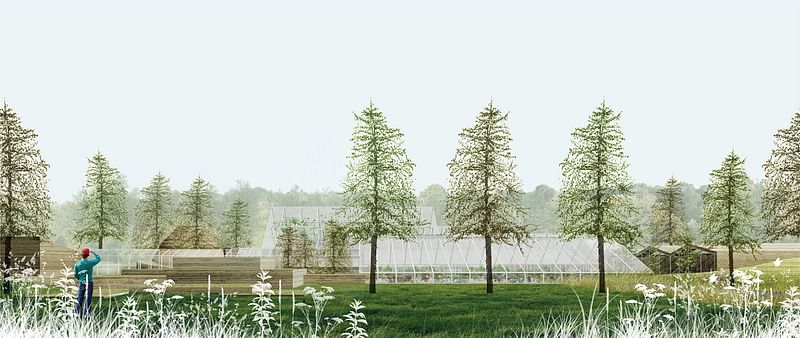
"MUSEUM VISIT
1. Reset / De-contextualization: Prelude to the museum experience, here the visitor losses his sense of orientation and his sense of control in a serpentine descent through a fault in the earth. The intensity of the single source of light diffused over the curved ceiling and the organic borders diminishes as the visitor progresses. Out of context, he is introduced to the scale of insects.
2. Insect Pond / Water and Light: The visitor passes through a luminous aquatic projection and his own shadow contributes to the undulating, ethereal experience of being under water. This transition space helps us discover the underwater life of the insects living in the adjacent pond.
3. Planting Greenhouse / Genesis: The visitor is encouraged to observe the internal activities of the greenhouse. The terraced plantings provide a unique view of the plants while our olfactory and visual senses are stimulated in a unique way."

"4. Perceptual space / Framework: A series of rooms interconnected by gallery spaces is conceived as an analogy to the typology of caves. The museographic installations are designed to confront the visitor with the insects’ sensory and motor perceptions, and to sensitize him to the immense difference in scale between their world and his.
5. Face to face / Regeneration: The visitor weaves his way through a space occupied by series of containers which offer intimate encounters with insects. The space is bathed in soft natural light coming from the adjacent sunken patio. Conceived as a space dedicated to serenity and meditation, here the visitor can pause to absorb the Insectarium experience."
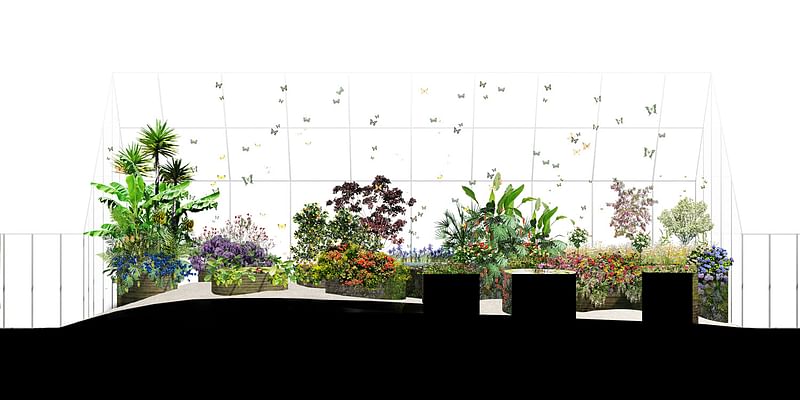
"6. Evolutionary Garden / Emergence: The visitor slowly comes back to the surface, walking through the evolutionary garden. He discovers in this garden of environments that go back in time the interdependence between the evolution of plants and insects. Once fully above ground, he emerges in a space whose shape evokes a cocoon. There, he finds himself surrounded by the Insec- tarium’s collection of naturalized insects.
7. Immersive space / Synthesis: The greenhouse structure of this luminous space offers the visitor a synthesis of his Insectarium experiences. Furrows cut into a mass of rammed earth of variable height, a natural display case in itself, showcase the different insects in their respective environments. The spatial composition of this solid/hollow structure evokes the notion of camouflage, a technique commonly used by insects."
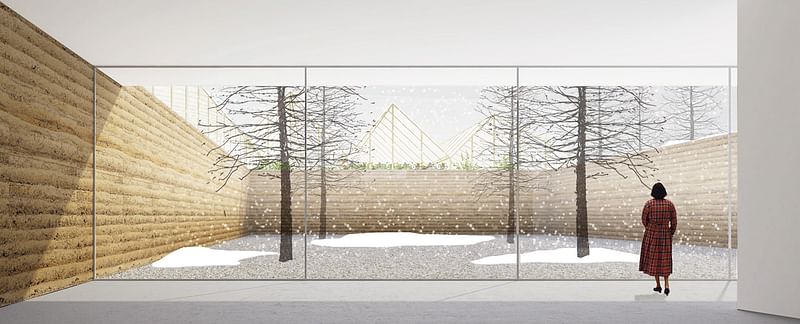
"8. Workshop / Transformation: The workshops are conceived as kiosks, overlooking the adjacent butterfly garden, and they can be rearranged to form one big room. Here the visitor has an opportunity to use the knowledge he just acquired and to transform it through creative and experimental activities.
9. Terraces / The machine: For the first time, the visitor has an overview of the visit he just completed. He can recognize the process of metamorphosis through which each visitor is guided. He can perceive the 'machine' that is the building in its totality and understand its internal functioning. This machine is voluntarily exposed to allow the visitor to see the Insectarium and its activities from the inside out."

Project credits:
PROJECT TEAM:
Design Architect: Kuehn Malvezzi, Berlin + Pelletier de Fontenay, Montréal
Landscape Architect: atelier le balto, Berlin - Le Havre
Architect of record: Jodoin Lamarre Pratte architectes, Montréal
Climate Engineer: Transsolar GmbH, Stuttgart
Structural Engineer: NCK Inc., Montréal
Mechanical Engineer: Dupras Ledoux Inc., Montréal
PERIODS OF CONCEPTION: First phase: February-March 2014; Second phase: April-June 2014
JURY
Head of the jury: Edouard François, Architect, Maison Edouard François, Paris
Members of the jury:
- Charles-Mathieu Brunelle, Managing director Espace pour la Vie
- Anne Charpentier, Director Insectarium
- Rachel Léger, Director Biodôme
- Gilles Vincent, Director Botanical garden
- William G. Reed, AIAA, LEED, Integrative design Collaborative
- Jean Beaudoin, Architect, Intégral Jean Beaudoin, Montréal
- Normand Hudon, Architekt, PA LEED, Co-Architecture Partner
- Mario Cucinella, Architect, Bologna
- Stephen Kellert, Expert for "biophilic design", Yale University
Images courtesy of Kuehn Malvezzi.
Click through the gallery below for more project images.

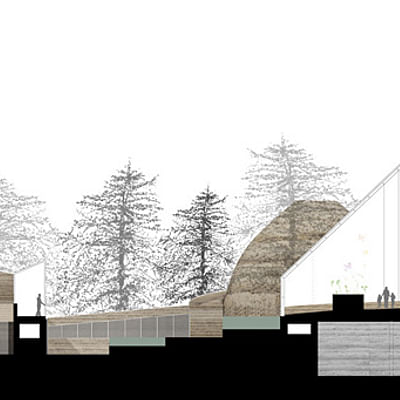


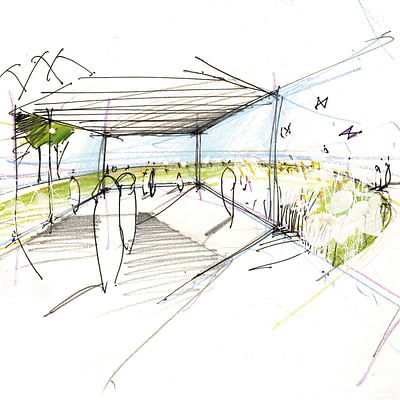

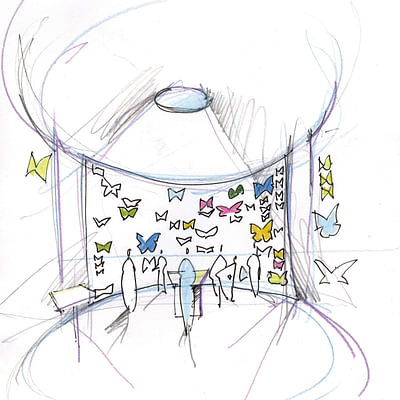
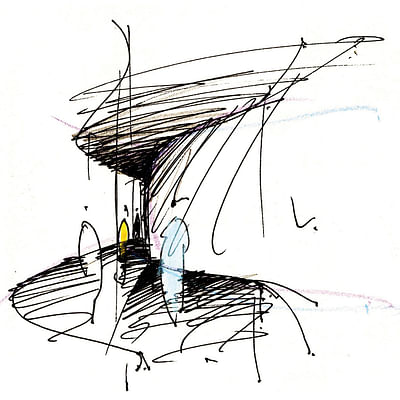
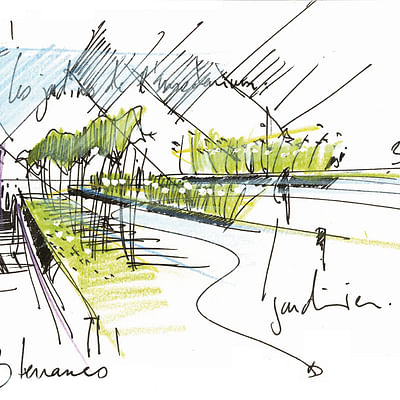
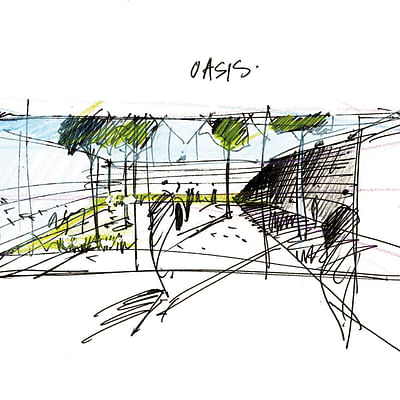


Share
0 Comments
Comment as :